Rabih Zbib
MELO: An Evaluation Benchmark for Multilingual Entity Linking of Occupations
Oct 10, 2024Abstract:We present the Multilingual Entity Linking of Occupations (MELO) Benchmark, a new collection of 48 datasets for evaluating the linking of entity mentions in 21 languages to the ESCO Occupations multilingual taxonomy. MELO was built using high-quality, pre-existent human annotations. We conduct experiments with simple lexical models and general-purpose sentence encoders, evaluated as bi-encoders in a zero-shot setup, to establish baselines for future research. The datasets and source code for standardized evaluation are publicly available at https://github.com/Avature/melo-benchmark
Résumé Parsing as Hierarchical Sequence Labeling: An Empirical Study
Sep 13, 2023



Abstract:Extracting information from r\'esum\'es is typically formulated as a two-stage problem, where the document is first segmented into sections and then each section is processed individually to extract the target entities. Instead, we cast the whole problem as sequence labeling in two levels -- lines and tokens -- and study model architectures for solving both tasks simultaneously. We build high-quality r\'esum\'e parsing corpora in English, French, Chinese, Spanish, German, Portuguese, and Swedish. Based on these corpora, we present experimental results that demonstrate the effectiveness of the proposed models for the information extraction task, outperforming approaches introduced in previous work. We conduct an ablation study of the proposed architectures. We also analyze both model performance and resource efficiency, and describe the trade-offs for model deployment in the context of a production environment.
Learning Job Titles Similarity from Noisy Skill Labels
Jul 01, 2022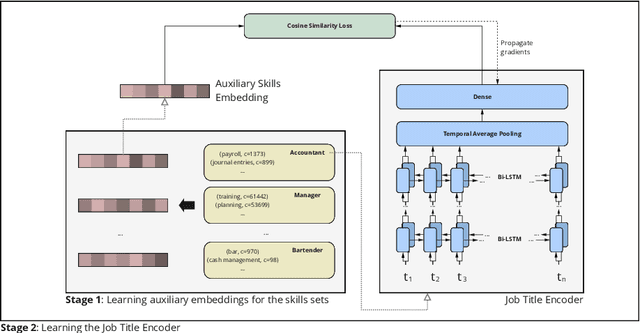
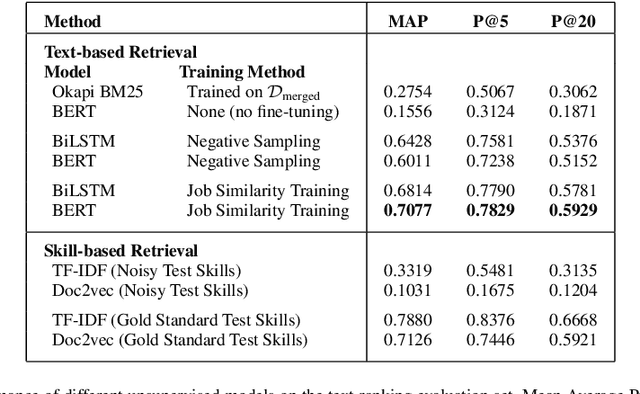

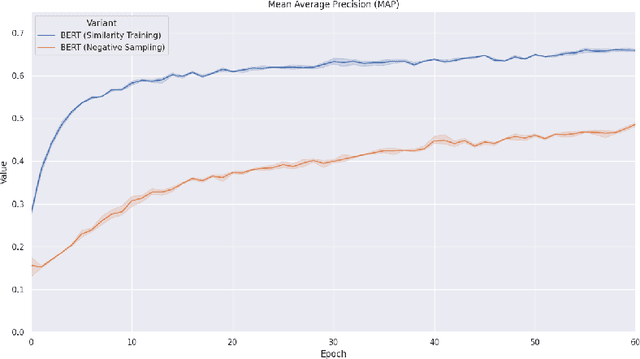
Abstract:Measuring semantic similarity between job titles is an essential functionality for automatic job recommendations. This task is usually approached using supervised learning techniques, which requires training data in the form of equivalent job title pairs. In this paper, we instead propose an unsupervised representation learning method for training a job title similarity model using noisy skill labels. We show that it is highly effective for tasks such as text ranking and job normalization.
Statistical Machine Translation Features with Multitask Tensor Networks
Jun 01, 2015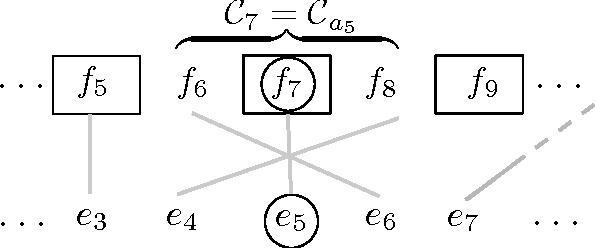
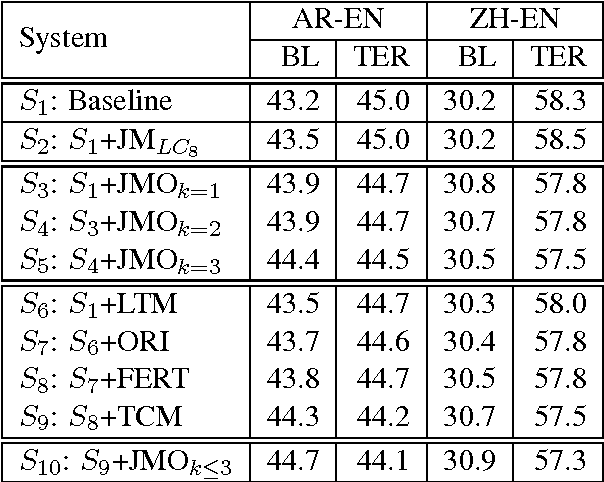
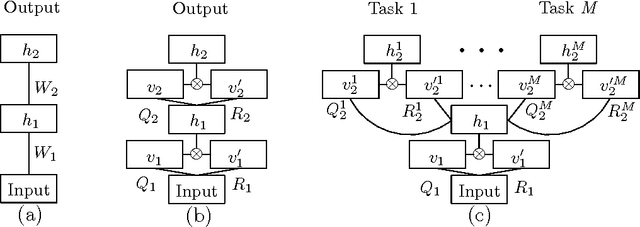
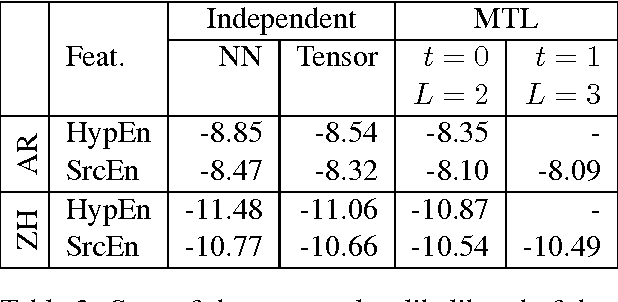
Abstract:We present a three-pronged approach to improving Statistical Machine Translation (SMT), building on recent success in the application of neural networks to SMT. First, we propose new features based on neural networks to model various non-local translation phenomena. Second, we augment the architecture of the neural network with tensor layers that capture important higher-order interaction among the network units. Third, we apply multitask learning to estimate the neural network parameters jointly. Each of our proposed methods results in significant improvements that are complementary. The overall improvement is +2.7 and +1.8 BLEU points for Arabic-English and Chinese-English translation over a state-of-the-art system that already includes neural network features.
 Add to Chrome
Add to Chrome Add to Firefox
Add to Firefox Add to Edge
Add to Edge